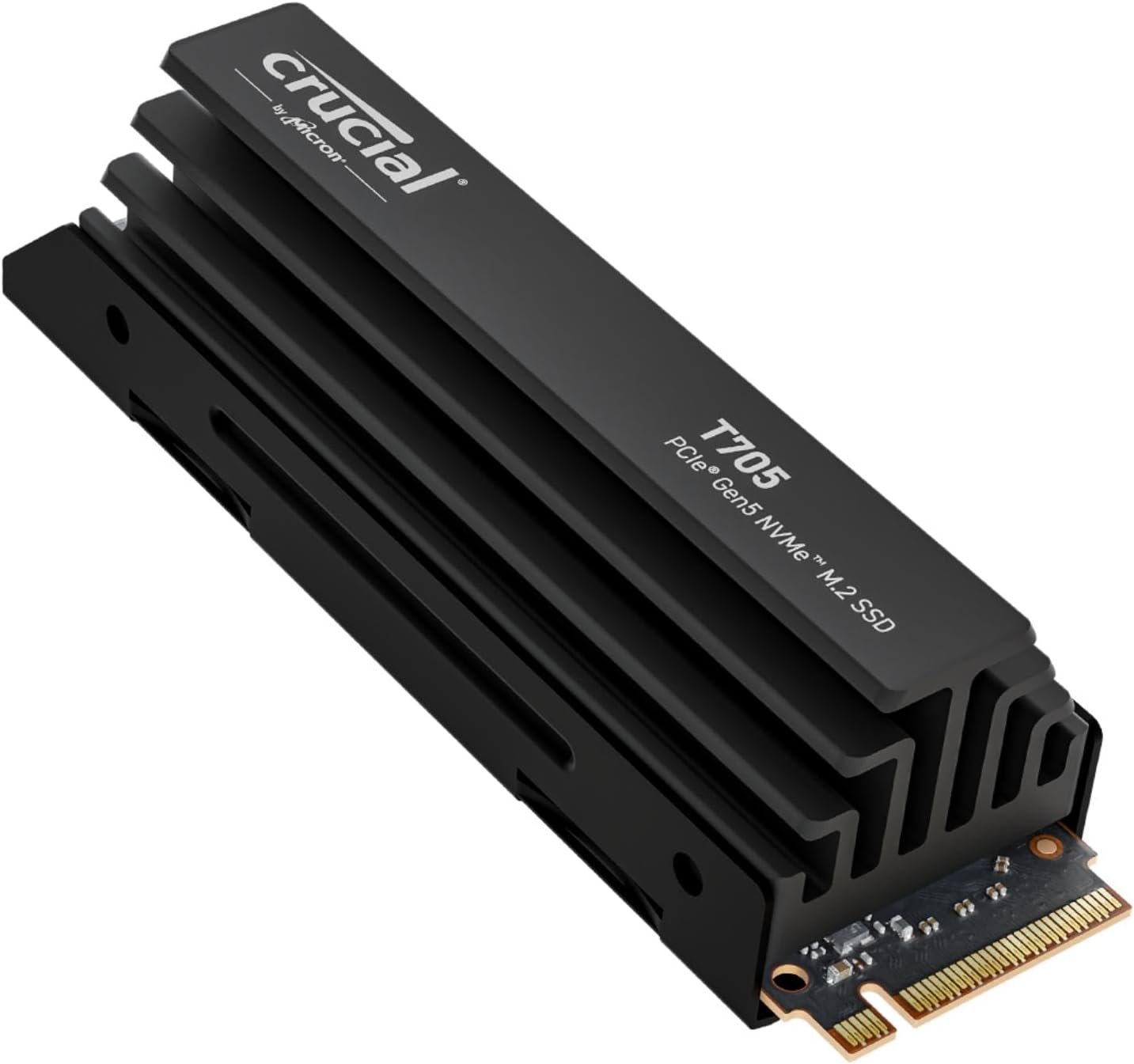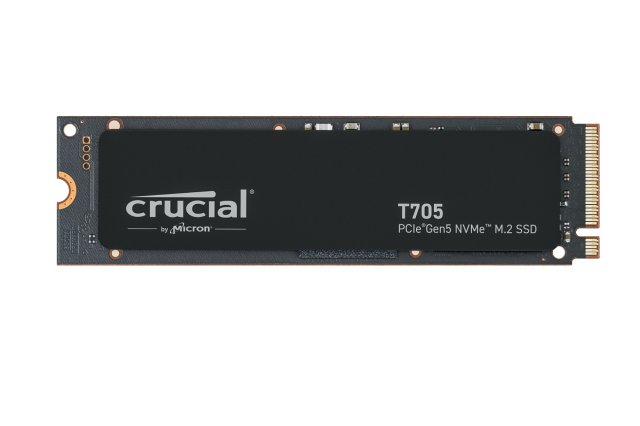The relentless march of storage technology has reached a new peak, and Crucial is planting its flag firmly at the summit. With the T705, the conversation shifts from ‘how fast is fast enough’ to exploring the absolute limits of the consumer-grade PCIe Gen5 interface. This drive isn’t just an upgrade; it’s a statement about what’s possible for high-end PCs today.
The performance of the Crucial T705 is, in a word, staggering. Boasting sequential read speeds of up to 14,500 MB/s and writes hitting 12,700 MB/s on its 2TB and 4TB models, this drive operates in a different league than even the fastest PCIe Gen4 SSDs. In practice, this translates to blistering-fast operations on a scale that benefits a specific, demanding user. For video editors working with 8K RAW footage or data scientists manipulating colossal datasets, the time saved during file transfers and project loading is tangible and valuable. While game load times are nearly instantaneous, the perceived difference over a high-end Gen4 drive can be subtle in many current titles. The T705’s true gaming potential lies in future titles that will leverage Microsoft’s DirectStorage API, which this drive fully supports, allowing the GPU to stream assets directly from storage and eliminate CPU bottlenecks.

Crucial offers the T705 with and without a pre-installed heatsink, which is a thoughtful choice. The heatsink version features a sleek, dark gray and copper design that is both aesthetically pleasing and highly functional. Gen5 drives generate significant heat under load, and this passive cooler does an excellent job of preventing thermal throttling, ensuring that performance remains consistent during sustained, heavy use. However, its physical size is not trivial; builders should double-check for clearance issues with large graphics cards or CPU air coolers. For those using a motherboard with its own robust M.2 cooling solution, the bare-drive version offers a more integrated and flexible installation.
Under the hood, the T705 pairs the industry-leading Phison E26 controller with Micron’s own 232-layer 3D TLC NAND flash. This combination is the engine behind its record-breaking speeds and a testament to the vertical integration Crucial and Micron can achieve. The drive is available in 1TB, 2TB, and 4TB capacities, providing options for different needs and budgets, though “budget” is used loosely in this context.
This brings us to the value proposition, which is the most complex aspect of the T705. This is an enthusiast-grade, “halo” product with a price tag to match. For the vast majority of PC users, including most gamers and content creators, a top-tier PCIe Gen4 drive offers more than enough performance for a fraction of the cost. The law of diminishing returns applies forcefully here. The T705 is not about practical value for the average build; it’s about pushing the performance envelope and serving those who have a genuine, workflow-dependent need for the absolute fastest storage available or who simply refuse to compromise on their hardware.

The Crucial T705 is an engineering marvel and an unapologetic performance king. It’s a glimpse into the future of storage, delivering speeds that were almost unthinkable just a couple of years ago. While its price and the prerequisite of a full Gen5 ecosystem make it a niche purchase, it’s the definitive choice for professionals working with massive datasets, content creators on punishing deadlines, and enthusiasts building the most powerful PC that money can buy.

Where to Buy:
https://www.amazon.com/s?k=Crucial+T705+PCIe+Gen5+SSD&tag=cp01a-20

Crucial T705 PCIe Gen5 SSD Quick Summary
Key Scores:
-
Value:
79% -
Design:
88% -
Performance:
98% -
Quality:
92% -
Popularity:
85%
Top Pros
- ✅ It delivers class-leading sequential read and write performance.
- ✅ The optional heatsink effectively prevents thermal throttling.
- ✅ It is built with future-proof tech like Microsoft DirectStorage.
- …
Key Cons
- ❌ Its premium price makes it a niche, high-end product.
- ❌ Real-world gains over top Gen4 drives are often marginal.
- ❌ The large heatsink may cause clearance issues on some motherboards.
- …

















